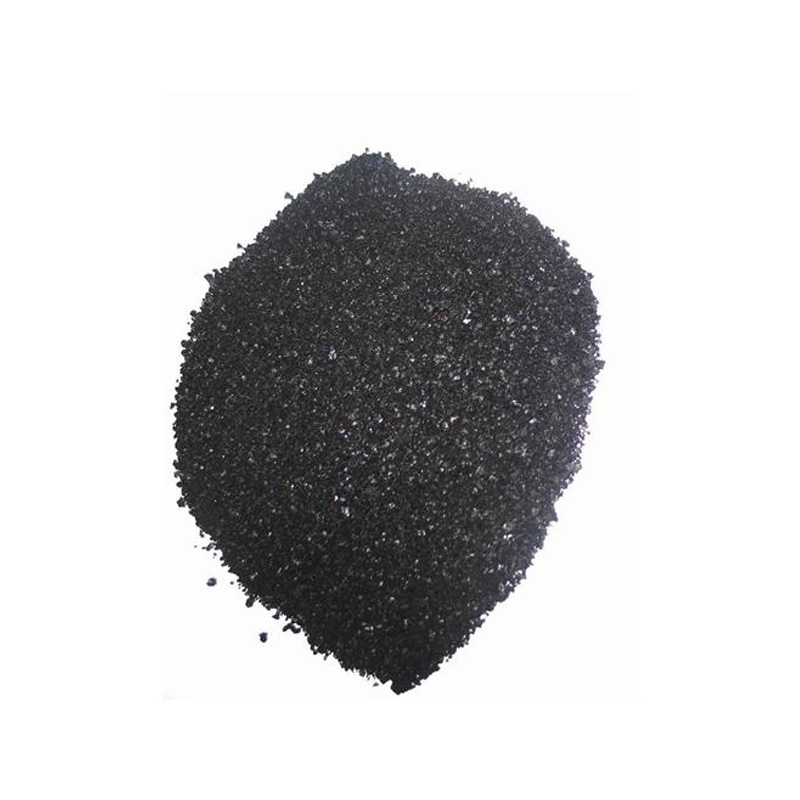best fabric for indigo dye
Best Fabric for Indigo Dye
Indigo dye, with its deep, captivating hues, has been a beloved choice for textiles for centuries. Its rich history can be traced back to ancient civilizations in Africa, Asia, and South America. When embarking on indigo dyeing, the choice of fabric is crucial to achieving optimal results. Not all fabrics are created equal, and selecting the right one can significantly affect color intensity, texture, and overall appearance. In this article, we will explore the best fabrics for indigo dyeing, guiding you to make informed choices for your projects.
1. Cotton
Cotton is, without a doubt, the most popular fabric for indigo dyeing. Its high absorbency and natural fibers allow for deep and vibrant color penetration, making it ideal for achieving that striking indigo blue. Whether you're using cotton muslin, canvas, or denim, the results are consistently impressive. Cotton's versatility means it can be used for a variety of applications, from clothing to home decor.
Denim, particularly, has a special relationship with indigo dye. Traditionally used in jeans, indigo-dyed denim can create stunning effects such as fades and patterns due to the way the dye adheres to the fabric. This unique feature is desirable for both fashion and craft enthusiasts, as it adds character and texture to the final piece.
2. Linen
Best Fabric for Indigo Dye
One of the unique characteristics of linen is its ability to showcase the dyeing process’s intricacies. The natural slubs and variations in the weave mean that indigo-dyed linen fabrics will often have a more rustic, artisanal appearance, which appeals to many traditional textile lovers.
best fabric for indigo dye

3. Silk
If you are looking to create something a bit more elegant, silk could be the fabric of choice for indigo dye. Although silk is generally less durable than cotton or linen, it can achieve beautiful results when dyed with indigo. The way silk captures and reflects light gives the fabric a stunning depth, with hues that appear rich and vibrant.
However, dying silk requires careful handling as the fabric can be more delicate and prone to damage. It is essential to use gentle dyes and processes to preserve the integrity and sheen of the silk after dyeing. Many artisans enjoy experimenting with shibori dyeing techniques on silk, where the folding and binding of the material create mesmerizing patterns.
4. Hemp
Hemp fabric is another fantastic option for those seeking a sustainable choice. Hemp is known for its strength and durability, making it suitable for various applications. When dyed with indigo, hemp can yield stunning blues that are both rich and earthy. Additionally, hemp's texture adds an organic feel to the fabric, which is appealing for both rustic and contemporary design aesthetics.
Moreover, hemp is a sustainable choice, as it grows quickly and requires fewer resources compared to other crops. This quality resonates with environmentally conscious consumers looking for eco-friendly textiles.
Conclusion
When selecting a fabric for indigo dyeing, consider options such as cotton, linen, silk, and hemp. Each fabric brings its unique characteristics that influence the dyeing outcome, texture, and application. By understanding the properties of these textiles, you can choose the ideal fabric to create stunning, indigo-dyed pieces that reflect your artistic vision. Whether you're a seasoned dyer or just starting, experimenting with different fabrics will enhance your understanding and appreciation of this age-old craft.
-
Sulphur Black Dyes in Daily Use
NewsMay.07,2025
-
Indigo Dyeing for Daily Life
NewsMay.07,2025
-
Indigo Dye Production and Its Growing Demand
NewsMay.07,2025
-
Color That Lasts
NewsMay.07,2025
-
Bromo Indigo for Modern Use
NewsMay.07,2025
-
Blue From Nature
NewsMay.07,2025
-
The Timeless Color in Fashion and Textiles
NewsApr.10,2025

Sulphur Black
1.Name: sulphur black; Sulfur Black; Sulphur Black 1;
2.Structure formula:
3.Molecule formula: C6H4N2O5
4.CAS No.: 1326-82-5
5.HS code: 32041911
6.Product specification:Appearance:black phosphorus flakes; black liquid

Bromo Indigo; Vat Bromo-Indigo; C.I.Vat Blue 5
1.Name: Bromo indigo; Vat bromo-indigo; C.I.Vat blue 5;
2.Structure formula:
3.Molecule formula: C16H6Br4N2O2
4.CAS No.: 2475-31-2
5.HS code: 3204151000 6.Major usage and instruction: Be mainly used to dye cotton fabrics.

Indigo Blue Vat Blue
1.Name: indigo blue,vat blue 1,
2.Structure formula:
3.Molecule formula: C16H10N2O2
4.. CAS No.: 482-89-3
5.Molecule weight: 262.62
6.HS code: 3204151000
7.Major usage and instruction: Be mainly used to dye cotton fabrics.

